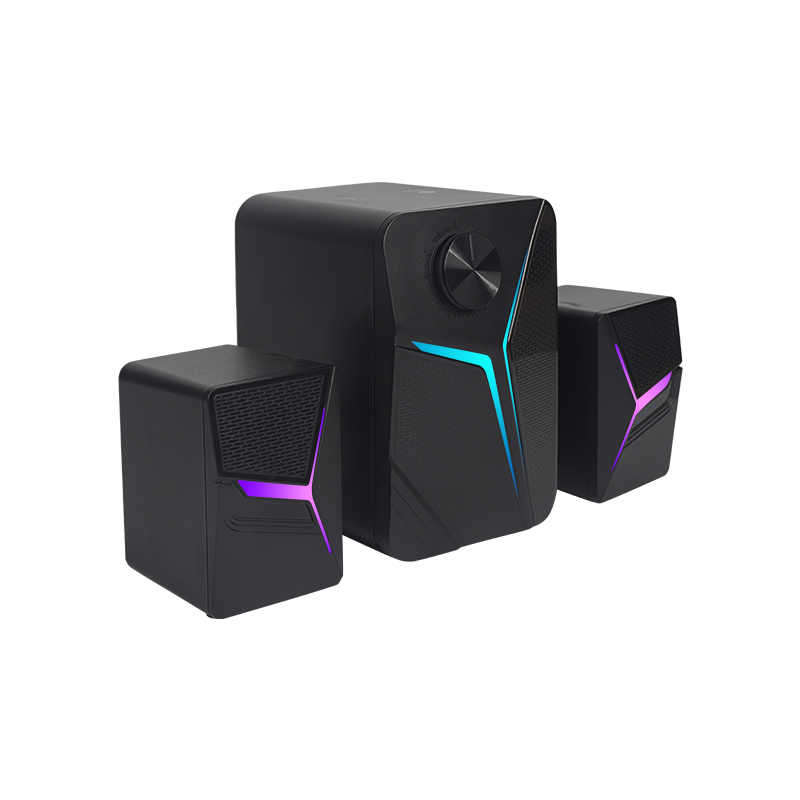The design of the sound reinforcement system generally starts with the sound field, and then enters the power amplifier, sound processing system, mixing console, and finally microphones and other sound sources. The design step is the only way to gradually move backwards. Since the sound field design is the basis for satisfying system functions and sound effects, it involves the selection of speakers, sound supply schemes and signal paths. The speaker system must be determined to calculate the driving power of the power amplifier and determine the driving signal path, and then further determine the signal processing scheme and the selection of the sound effect platform according to the distribution scheme of the driving power.

Sound field design is the foundation of the sound reinforcement system, which involves the sound effects of the entire system, but it is also a very heavy work. With the rapid development of computer technology, it is now possible to use acoustic software tools of EASE 3.0 and above to perform calculations, and finally obtain sound field design reports that meet the expected requirements [1], [2]. In order to meet the requirements, the sound field design process needs to be repeated many times.
Voting or simultaneous interpretation system can be configured according to different meeting needs.
When voting, delegates only need to press the voting button on the device in front of them, and the voting results will be displayed on the LCD screen of the chairman unit, or displayed on other screen display devices in the conference room through CCU and DCN software.
Simultaneous interpretation usually uses 1+3 (one native language and three target languages) language translation, and when necessary, additional auditorium seats can be added, but other seats other than official representatives.
Languages can be assigned using wired or wireless means:
Wired language distribution Use the cable trunk of the DCN system to distribute the translation language to the conference participants. The official delegate listens to the translation language through the headset connected to the speaking device equipped with the channel selector, and the delegates listen through the headset connected to the channel selector. Translation language
Wireless Transmission Using Infrared System to Realize Wireless Transmission
A typical IR system consists of IR transmitters, radiators, and personal IR receivers:
Infrared transmitter: one carrier for each speech channel
Infrared radiation: Used to distribute infrared signals throughout the premises.
It can be embedded in the wall or ceiling during installation. Properly adjust the installation position of the radiator to obtain the best infrared signal coverage in the field area.
Infrared receiver: can receive up to 16 language channels, with high-speed channel conversion function, LED display and voice amplification.
Brief introduction of conference acoustic sound reinforcement system